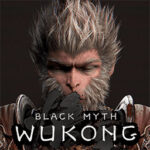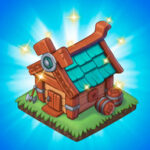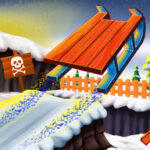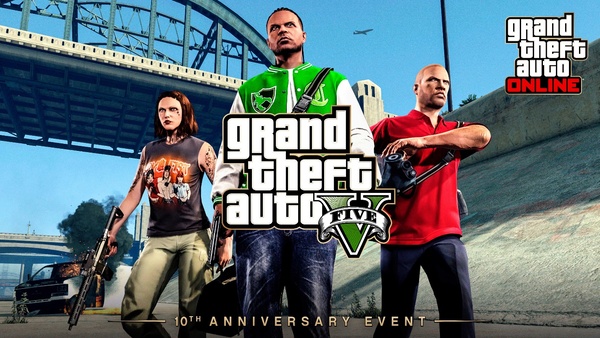League of Legends (LoL) is a multiplayer online battle arena (MOBA) game developed by Riot Games, released in 2009. It quickly rose to prominence, becoming one of the most popular and enduring competitive games worldwide. Combining fast-paced gameplay, strategic depth, and a constantly evolving roster of champions, League of Legends has redefined the esports landscape and attracted millions of players. This article delves into the history, gameplay, competitive scene, cultural impact, and future prospects of League of Legends, providing an expert evaluation of its strengths and weaknesses.
The Origins and Development of League of Legends
League of Legends was inspired by the Warcraft III custom map Defense of the Ancients (DotA), aiming to create a standalone, accessible MOBA title. Founded by Brandon Beck and Marc Merrill, Riot Games developed LoL with a focus on player experience, balance, and regular updates.
The game launched in October 2009 as a free-to-play title with a rotating selection of champions available. Riot’s commitment to constant improvements, community engagement, and content releases helped LoL grow steadily. By 2011, it had become the most-played PC game globally, and its competitive ecosystem began to flourish.
Core Gameplay Mechanics and Objectives
At its heart, League of Legends pits two teams of five players against each other on a three-lane map called Summoner’s Rift. Each player controls a unique champion with distinct abilities and roles.
The Objective
The primary goal is to destroy the opposing team’s Nexus, located deep within their base. To reach the Nexus, teams must destroy defensive structures called turrets and inhibitors, all while fending off enemy champions and AI-controlled minions.
Champion Roles and Strategy
Champions fall into several roles: Top Laner, Mid Laner, Jungler, Attack Damage Carry (ADC), and Support. Each role has specific responsibilities, contributing to team composition and strategy. Success in LoL requires teamwork, map awareness, mechanical skill, and strategic decision-making.
Champion Diversity and Constant Updates
One of League of Legends’ defining features is its vast and growing roster of champions. As of 2025, there are over 160 champions, each with unique abilities, lore, and playstyles.
Champion Releases and Reworks
Riot consistently introduces new champions and reworks older ones to keep gameplay fresh and balanced. This ongoing evolution encourages players to adapt, explore different roles, and develop diverse strategies.
Cosmetics and Skins
League of Legends also offers a wide array of cosmetic items called skins, allowing players to customize the appearance of their champions without affecting gameplay. This system generates significant revenue and supports Riot’s continuous development.
The Competitive Scene and Esports Dominance
League of Legends boasts one of the most developed and influential esports ecosystems in the world. Starting with small tournaments, Riot has expanded its competitive scene into a global phenomenon.
Professional Leagues and Tournaments
Major regional leagues such as the LCS (North America), LEC (Europe), LCK (Korea), and LPL (China) host regular seasons and playoffs. The pinnacle event, the annual World Championship, draws millions of viewers worldwide and offers multimillion-dollar prize pools.
Impact on Esports Culture
LoL’s competitive success has helped legitimize esports as a professional and mainstream entertainment form. Riot’s investment in production quality, player development, and community engagement has set industry standards.
Community Engagement and Player Base
With millions of active players, League of Legends has cultivated a passionate and diverse community. Riot supports this community with frequent updates, forums, events, and social media interaction.
Ranked Play and Social Features
The ranked ladder system motivates players to improve and compete at various skill levels. Additionally, features like clubs, parties, and chat enhance the social experience.
Toxicity and Moderation Challenges
Despite its strengths, the community has faced challenges with player toxicity and harassment. Riot has implemented reporting systems, automated penalties, and behavior incentives to combat these issues, though it remains an ongoing struggle.
Game Modes and Innovations
While Summoner’s Rift is the flagship mode, Riot offers various other game modes to cater to different player preferences.
ARAM and Rotating Game Modes
All Random All Mid (ARAM) provides a more casual, fast-paced experience with champions assigned randomly on a single lane map. Other temporary or special modes add variety and fun challenges.
Teamfight Tactics and Spin-Offs
Riot has expanded the League universe with spin-offs like Teamfight Tactics, an auto-battler, and Legends of Runeterra, a digital card game, broadening the brand’s reach.
Technical Evolution and Visual Upgrades
Over its lifespan, League of Legends has undergone significant technical improvements.
Client and Performance Enhancements
The original client was replaced by a modern launcher improving stability, matchmaking, and social features. Optimizations allow the game to run smoothly on a wide range of hardware.
Visual and Audio Overhauls
Riot regularly updates champion models, animations, and sound effects to keep the game visually appealing and immersive, aligning with modern gaming standards.
Monetization and Business Model
League of Legends operates on a free-to-play model supported by microtransactions.
Free Access and Champion Unlocking
Players can access a large portion of content for free, with champions unlockable via in-game currency earned through play or purchased with real money.
Skins and Battle Passes
Revenue primarily comes from cosmetic sales, including skins, ward skins, emotes, and battle passes offering seasonal rewards. Riot has been praised for avoiding pay-to-win mechanics.
Strengths of League of Legends
League of Legends boasts numerous strengths that contribute to its enduring success.
-
Deep and strategic gameplay rewarding skill and teamwork
-
Extensive champion roster with diverse playstyles
-
Strong esports scene with professional opportunities
-
Frequent updates and balance adjustments
-
Free-to-play access with non-intrusive monetization
-
Vibrant community with global appeal
-
Variety of game modes catering to different tastes
Weaknesses and Criticisms
Like any major game, League of Legends faces challenges and criticisms.
-
Steep learning curve for new players
-
Persistent issues with player toxicity and harassment
-
Some champion balance controversies
-
Occasional bugs and technical problems
-
Pressure of competitive scene can be intimidating
Final Evaluation and Expert Rating
League of Legends stands as a cornerstone of the MOBA genre and competitive gaming. Its combination of strategic depth, community engagement, and esports prominence makes it an essential experience for gamers worldwide.
Conclusion
League of Legends is more than just a game; it is a cultural phenomenon that has transformed how people engage with competitive gaming and esports. Its blend of accessible yet deep gameplay, vast champion diversity, and a thriving global community ensures its place in gaming history. Despite challenges like toxicity and balancing, Riot Games’ ongoing dedication to innovation and player experience keeps League of Legends fresh and exciting for both veterans and newcomers. Whether you seek intense competition, strategic teamwork, or casual fun, League of Legends offers a rich and rewarding journey in the world of MOBAs.





























